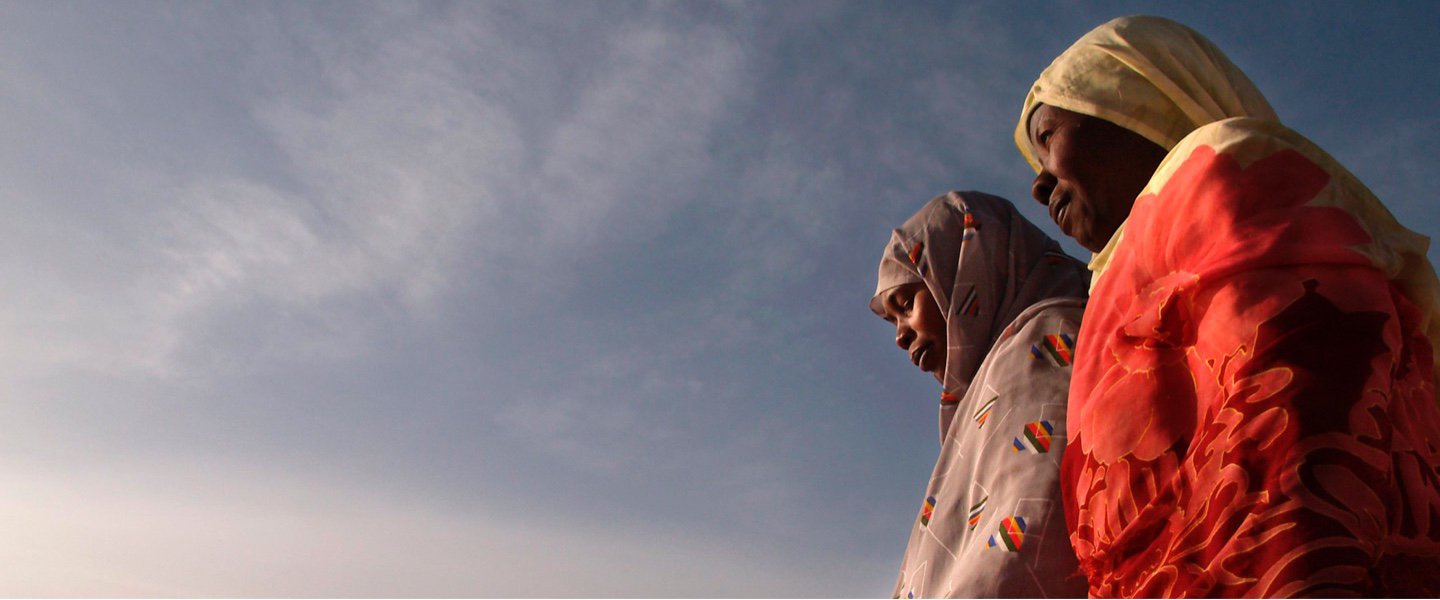From 2012–17, 85,106 farmers benefited from 30 new crop and livestock technologies and 6,580 field trials were conducted. 46,681 farmers increased their productivity implementing these new technologies.
From 2014–18, 338,610 people in rural areas and 179,639 people in the earthquake-affected areas were provided with improved access to water sources.
From 2012–18, 6.8 million people benefited from a community-driven project that improved water supply and sanitation, rural roads, irrigation, power, health, and education.
In 2016, 84% of all pregnant women received antenatal care from a skilled health provider, up from 59% in 2011. 58% of births in 2016 were attended by a skilled professional, up from 36% in 2011.
80% of students completed primary education (grades 1-5) in Nepal in 2016-17, up from 58% in 2009.
In 2017, 73,392 youth were enrolled in short-term training, up from 8,390 in 2014. 71,486 youth completed the training in 2017, up from 7,864 in 2014. 70% of graduates were gainfully employed for at least six months after the training program, compared to 68% in 2014.
From 2015–18, 60,400 households (259,720 people) benefited from the reconstruction of their houses with an earthquake-resilient core housing method. During the same period, 9,319 artisans were trained in multi-hazard resistant construction, and 29 government officials were trained in disaster risk management.
From 2014–18, 1 GWh of off-grid biogas-based electricity was generated and 124 off-grid generation plants were created and operated. 473 proposal for construction of large biogas were submitted for investment.
From 2014–18, 472,002 people in rural areas were provided with access to improved water sources and 10,103 community water points were constructed or rehabilitated. 573 women groups were operating water supply schemes.
From 2013–18, the Department of Hydrology and Meteorology increased its financial sustainability to 69%, up from 40%. An information management system was in place to stream and archive agriculture relevant hydomet and agromet data. During the same period, 38 hydrological stations were installed, up from 10 in 2013.
Key Achievements
Results

INDICATORS
Life expectancy at birth, total (years)
Debt
Results Stories
Projects

News Updates
Related Documents
Key Achievements
From 2012–17, 85,106 farmers benefited from 30 new crop and livestock technologies and 6,580 field trials were conducted. 46,681 farmers increased their productivity implementing these new technologies.
From 2014–18, 338,610 people in rural areas and 179,639 people in the earthquake-affected areas were provided with improved access to water sources.
From 2012–18, 6.8 million people benefited from a community-driven project that improved water supply and sanitation, rural roads, irrigation, power, health, and education.
In 2016, 84% of all pregnant women received antenatal care from a skilled health provider, up from 59% in 2011. 58% of births in 2016 were attended by a skilled professional, up from 36% in 2011.
80% of students completed primary education (grades 1-5) in Nepal in 2016-17, up from 58% in 2009.
In 2017, 73,392 youth were enrolled in short-term training, up from 8,390 in 2014. 71,486 youth completed the training in 2017, up from 7,864 in 2014. 70% of graduates were gainfully employed for at least six months after the training program, compared to 68% in 2014.
From 2015–18, 60,400 households (259,720 people) benefited from the reconstruction of their houses with an earthquake-resilient core housing method. During the same period, 9,319 artisans were trained in multi-hazard resistant construction, and 29 government officials were trained in disaster risk management.
From 2014–18, 1 GWh of off-grid biogas-based electricity was generated and 124 off-grid generation plants were created and operated. 473 proposal for construction of large biogas were submitted for investment.
From 2014–18, 472,002 people in rural areas were provided with access to improved water sources and 10,103 community water points were constructed or rehabilitated. 573 women groups were operating water supply schemes.
From 2013–18, the Department of Hydrology and Meteorology increased its financial sustainability to 69%, up from 40%. An information management system was in place to stream and archive agriculture relevant hydomet and agromet data. During the same period, 38 hydrological stations were installed, up from 10 in 2013.


